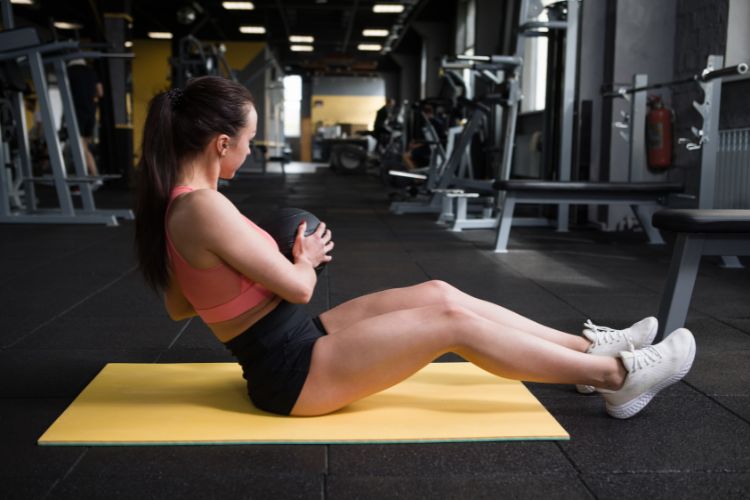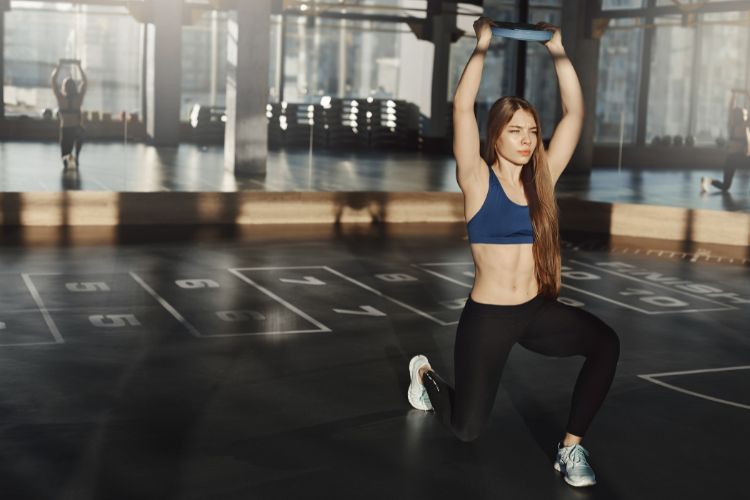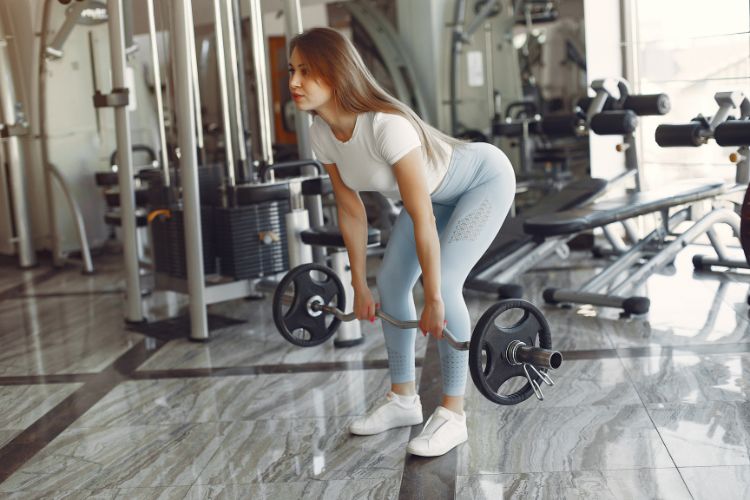Sign up for workout ideas, training advice, reviews of the latest gear and more.






The world of fitness can be a perplexing landscape for anyone trying to navigate its winding paths. When it comes to workouts, the magnitude of intensity can often be as baffling as it is significant, especially for women aiming to enhance their fitness levels. But worry not. This article will demystify the concept of workout intensity, guiding you towards achieving the goals you have set for yourself.
In essence, WI refers to the amount of effort you put into a specific exercise or workout session. It often reflects the pace, difficulty level, and the degree of power you invest in each activity. Factors such as your heart rate, sweat rate, breathlessness, and muscle fatigue can all be indicators of your WI.
First and foremost, understanding WI helps to strike a balance between overexertion and underperformance. It guides you in ascertaining the right pace, avoiding injuries, and progressing at an optimum rate. Furthermore, it ensures you are making the most of your workout session, achieving maximum calorie burn and muscle toning within the time allocated.
Typically, WI is broken down into three primary categories: low, moderate, and high. Low-intensity workouts include activities like walking and light yoga, whereas moderate-intensity workouts might involve brisk walking, light cycling, or dancing. HIW, on the other hand, include activities like sprinting, jumping rope, or High Intensity Interval Training (HIIT) sessions.
The key to optimal fitness doesn’t lie in solely sticking to one level of intensity but in the skillful balance of all three. Women, especially, can benefit immensely from a workout routine that integrates low, moderate, and high-intensity sessions throughout the week.
A healthy fitness regimen should include low-intensity activities to build endurance, improve flexibility, and promote relaxation. Moderate-intensity workouts come next, supporting cardiovascular health and encouraging gradual weight loss. HIW, while demanding, are essential for improving muscle strength, boosting metabolism, and fostering significant calorie burn.
Several methods can help you gauge the intensity of your workout. The simplest and most popular is the “talk test.” If you can chat easily while working out, you’re probably in the low-intensity zone. If you can still talk, but with some effort, you’re likely in the moderate-intensity range. And if you can barely squeeze out a few words, you’re undoubtedly in the high-intensity territory.
Another method is tracking your heart rate. To roughly determine your maximum heart rate, subtract your age from 220. Low-IW typically keep your heart rate at 50-60% of your maximum, moderate intensity at 60-75%, and high intensity at 75-85%.
If you’re considering increasing your WI, it’s crucial to do so gradually. Abrupt escalation can lead to injuries and burnout. Begin by incorporating more moderate-intensity activities into your routine, then gradually add high-intensity workouts. Listen to your body and allow it to adapt to the increased demands.
High-intensity workouts can be intimidating but incredibly effective. HIIT workouts, for instance, involve short bursts of high-intensity exercises followed by brief periods of rest or lower-intensity exercises. They offer significant benefits, including increased calorie burn, improved cardiovascular health, and enhanced muscle toning.
For women, particularly, HIW can be transformative. Not only can they accelerate weight loss and muscle building, but they can also boost metabolism and improve bone density, combating osteoporosis – a condition women are often more susceptible to.
Every woman’s fitness journey is unique, and the ideal WI can vary greatly from person to person. Factors such as age, fitness level, health conditions, and personal goals all play a role in determining the right intensity for you.
A one-size-fits-all approach does not exist in the realm of fitness. A well-rounded workout routine incorporates various intensity levels, tailored to your specific needs and aspirations. Consulting with a fitness professional can provide valuable guidance on developing a balanced and personalized workout plan.
Workout intensity is a powerful tool that, when understood and utilized properly, can propel your fitness journey to new heights. Listen to your body, appreciate the different intensity levels, and empower yourself to make informed, healthy choices. Remember, it’s not about being the fastest or the strongest, but about becoming the healthiest and happiest version of yourself.
Stay up to date on the latest women’s health, fitness and lifestyle trends and tips.